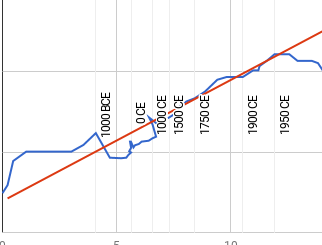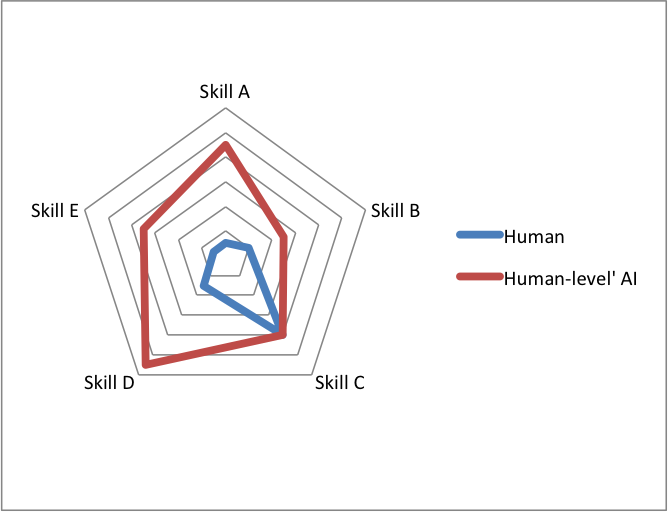Updated Nov 5, 2020
The Airbus A320:
- covers around 0.0078 m/kJ
- and moves mass at around 0.33 – 0.61 kg.m/J
Details
The Airbus A320 is a 1987 passenger plane.1
Distance per Joule
The plane uses 2.91 kg of fuel per km on a medium haul flight.2 We do not know what type of fuel it uses, but typical values for aviation fuel are around 44MJ/kg.3 Thus to fly a kilometer, the plane needs 2.91kg of fuel, which is 2.91 x 44 MJ = 128MJ of fuel. This gives us 0.0078 m/kJ
Mass.distance per Joule
According to modernairliners.com, the A320’s ‘operating empty weight’ is 42,600 kg and its ‘maximum take-off weight’ is 78,000 kg.4 We use the range 42,600—78,000 kg, since we do not know at what weight in that range the relevant speeds were measured.
We have:
- Distance per kilojoule: 0.0078 m/kJ
- Mass: 42,600—78,000 kg
This gives us a range of 0.33 – 0.61 kg.m/J
Primary author: Ronny Fernandez
Notes
- “The Airbus A320 family are narrow-body airliners designed and produced by Airbus. The A320 was launched in March 1984, first flew on 22 February 1987, and was introduced in April 1988 by Air France.”
“Airbus A320 Family.” In Wikipedia, October 30, 2020. https://en.wikipedia.org/w/index.php?title=Airbus_A320_family&oldid=986182483.
- “Fuel Economy in Aircraft.” In Wikipedia, October 22, 2020. https://en.wikipedia.org/w/index.php?title=Fuel_economy_in_aircraft&oldid=984919809.
- “The net energy content for aviation fuels depends on their composition. Some typical values are:[15]
- BP Avgas 80, 44.65 MJ/kg, density at 15 °C is 690 kg/m3 (30.81 MJ/litre).
- Kerosene type BP Jet A-1, 43.15 MJ/kg, density at 15 °C is 804 kg/m3 (34.69 MJ/litre).
- Kerosene type BP Jet TS-1 (for lower temperatures), 43.2 MJ/kg, density at 15 °C is 787 kg/m3 (34.00 MJ/litre).”
“Aviation Fuel.” In Wikipedia, September 13, 2020. https://en.wikipedia.org/w/index.php?title=Aviation_fuel&oldid=978262126.
- “Airbus A320 Specs – Modern Airliners.” Accessed November 5, 2020. https://modernairliners.com/airbus-a320-introduction/airbus-a320-specs/.


